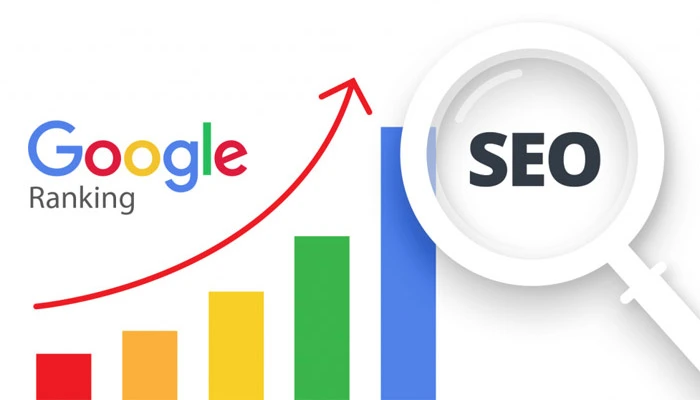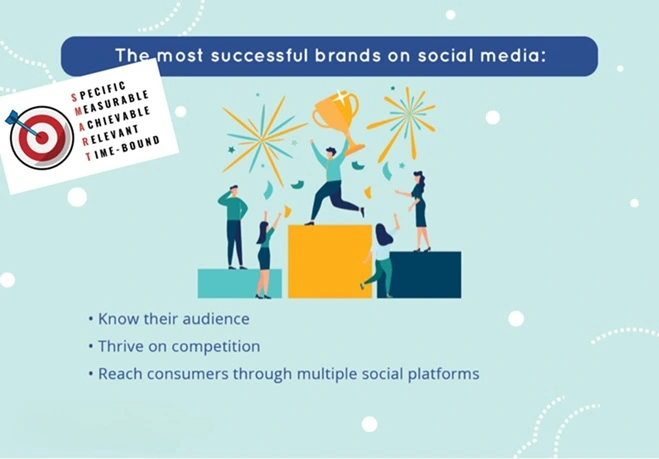Enterprise web development is imperative for your business to thrive in today’s competitive landscape. By mastering the key elements of effective web design, you can create a powerful online presence that attracts customers, generates leads, and ultimately drives growth. At Mister Nguyen Agency, we understand the importance of a well-designed website and how it integrates with your overall brand strategy, social media, and customer engagement. This guide will help you unlock the success of your enterprise web development efforts, ensuring you meet your business objectives and surpass customer expectations.
Understanding Enterprise Web Development
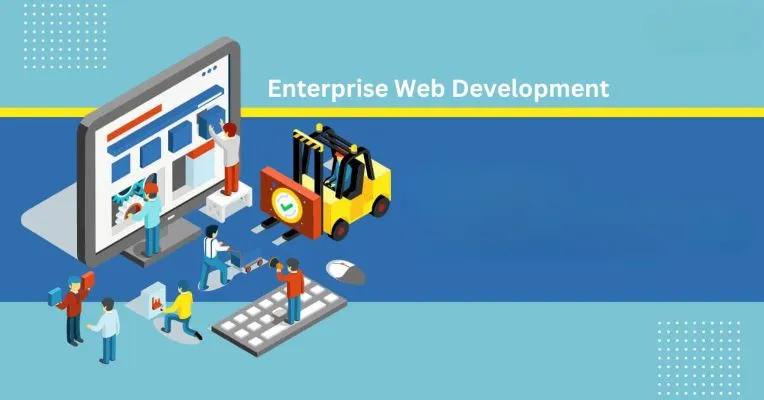
As you navigate the landscape of digital transformation, understanding Unlocking Success: The Essential Role of MVP in Software Development becomes paramount. Enterprise web development is vital for your business, enhancing customer satisfaction and operational efficiency. A well-designed website not only attracts leads but also fosters engagement, ensuring that your online presence is both impactful and efficient.
Definition and Importance
Enterprise web development refers to the process of creating, enhancing, and managing web-based applications for large organizations. It is imperative for driving user engagement, improving customer experiences, and optimizing business operations. By leveraging robust technology, you can ensure that your online presence meets the complex needs of your target audience.
Key Components and Tools
One of the most significant aspects of enterprise web development is its reliance on a suite of tools and components that streamline processes. These may include tech stacks, frameworks, and content management systems that support scalability and complex functionality.
Definition of these components is important for your project’s success. Your tech stack blends frontend languages like HTML and CSS with backend frameworks such as Node and PHP, allowing for seamless functionality. Using proven frameworks provides a stable environment for deployment and enhances security, while a robust life cycle model enables effective management of the development process. By integrating these elements, you can create a website that not only attracts customers but also converts leads more effectively, driving the success of your business in today’s competitive market.
Types of Enterprise Web Applications
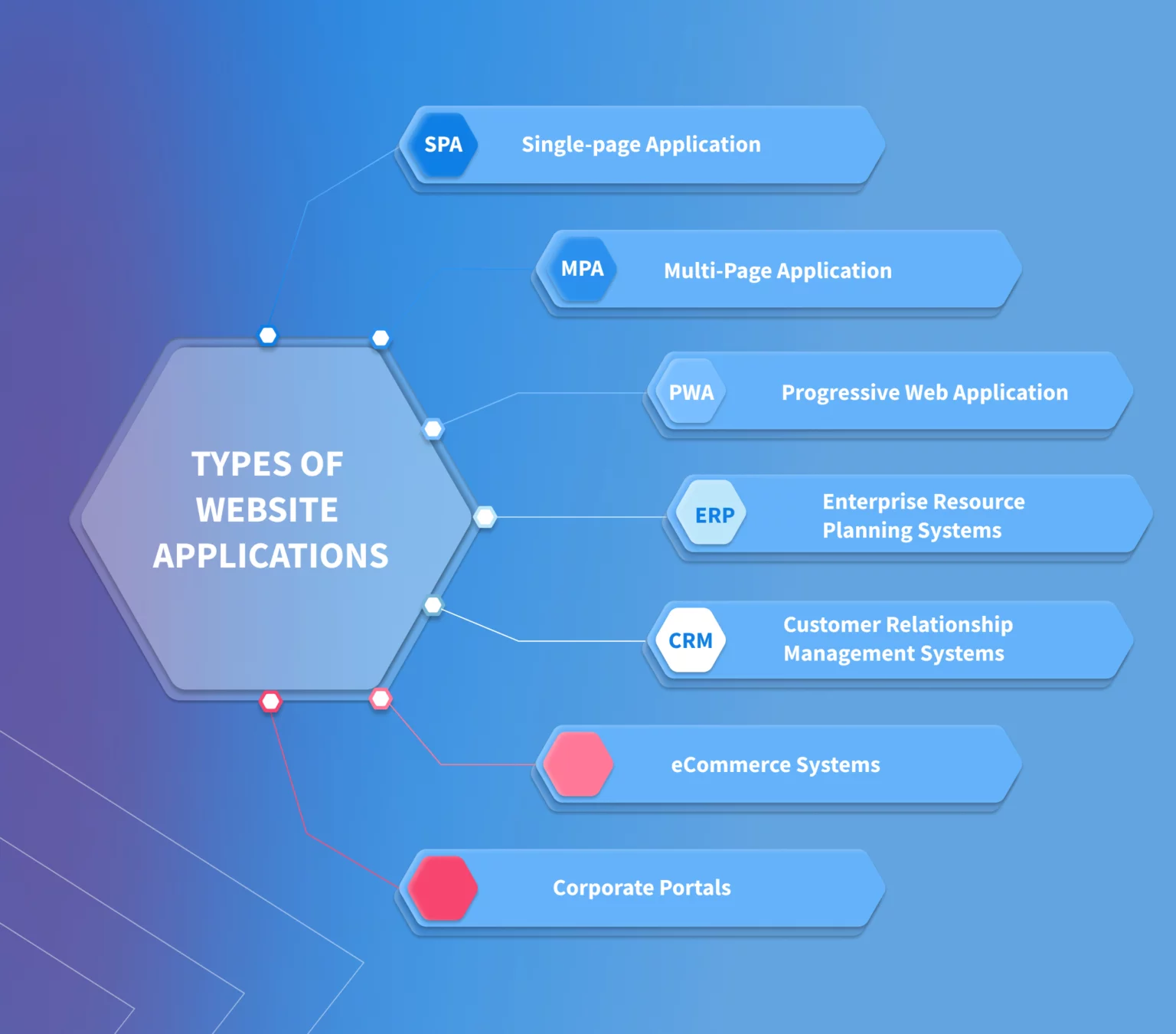
You can benefit from understanding the various types of enterprise web applications, as they play a significant role in enhancing your business efficiency. Each type serves distinct purposes and can be tailored to meet both internal needs and customer demands. Here’s a breakdown of the primary types:
- Internal Applications
- Customer-Facing Applications
- Enterprise Resource Planning (ERP) Systems
- Content Management Systems (CMS)
- Business Intelligence Tools
This understanding allows you to leverage the right solutions to drive your business growth and user engagement.
| Application Type | Purpose |
|---|---|
| Internal Applications | Streamline internal workflows |
| Customer-Facing Applications | Enhance customer interaction and service |
| ERP Systems | Integrate core business processes |
| Content Management Systems | Manage digital content efficiently |
| Business Intelligence Tools | Analyze data for strategic decisions |
Internal Applications
Even the most successful businesses require effective internal applications to manage tasks such as project management, human resources, and team collaboration. These tools help streamline operations, making your team more efficient and enabling clearer communication across departments. By utilizing robust internal applications, your business can adapt more quickly to changes and enhance productivity.
Customer-Facing Applications
Little do many know, customer-facing applications are critical for fostering strong relationships with your customers. These applications, which include e-commerce platforms, service portals, and mobile apps, are specifically designed to enhance the customer experience. They allow for real-time communication and provide vital tools for your customers to engage with your business seamlessly.
Types of customer-facing applications can vary widely, from simple contact forms to complex e-commerce systems that manage inventory and process payments. Effective design and development of these applications can significantly boost user satisfaction and lead to higher conversion rates. By prioritizing user experience and leveraging data analytics, you can create tailored solutions that resonate with your customers and drive sustained business growth.
Step-by-Step Guide to Development
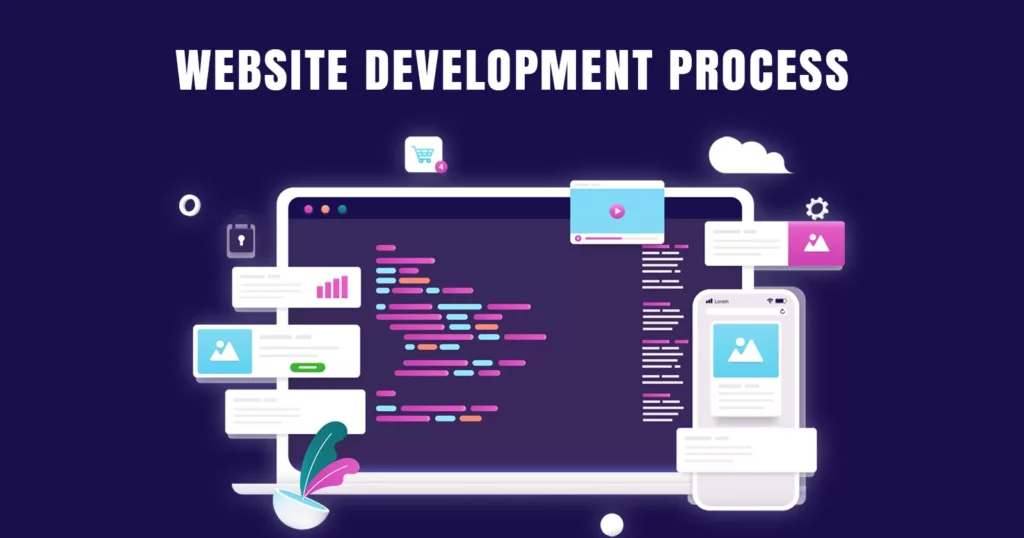
While developing your enterprise web application, following a structured approach ensures that you can meet your business objectives effectively. Use the table below to outline the key stages of your development process, incorporating analysis, design, and maintenance to better serve your customers and drive leads.
| Stage | Description |
| Planning and Analysis | Assess business goals and user needs to create a roadmap. |
| Design and Prototyping | Create wireframes and prototypes to visualize user experience. |
| Development and Testing | Build and rigorously test the application for functionality. |
| Deployment and Maintenance | Launch the application and schedule regular updates. |
Planning and Analysis
One important step is to assess your business goals and analyze user needs. By understanding your target market, including their preferences and behaviors, you can ensure that your website meets their expectations, enhancing their experience and driving sales.
Design and Prototyping
StepbyStep, the design process involves creating wireframes and prototypes that will guide the visual elements and UX of your application. This is an imperative phase where you can gather feedback to refine and iterate your designs before full-scale development.
For instance, implementing user testing during this phase allows you to observe how potential customers interact with your prototype, revealing insights that can significantly improve your website’s user experience. This proactive approach can lead to higher retention rates and an increase in leads.
Development and Testing
While coding the application, you must also incorporate comprehensive testing to identify and fix issues. This collaborative phase ensures that your business receives a polished product that functions as intended, keeping your customers satisfied.
To achieve this, consider employing Agile methodologies, which promote iterative testing and continuous feedback. This not only accelerates the development process but also enhances your final product’s reliability by addressing potential problems early on.
Deployment and Maintenance
If planned correctly, launching your web application should be seamless, allowing your business to start gaining customers and generating leads immediately. However, ongoing maintenance is critical to adapt to evolving user needs and technology trends.
The integration of Regular maintenance schedules will help you fix bugs, update security protocols, and ensure your website remains a valuable asset to your business. This ongoing investment keeps your customers engaged and reinforces your brand presence in the digital marketplace.
Essential Factors for Successful Development
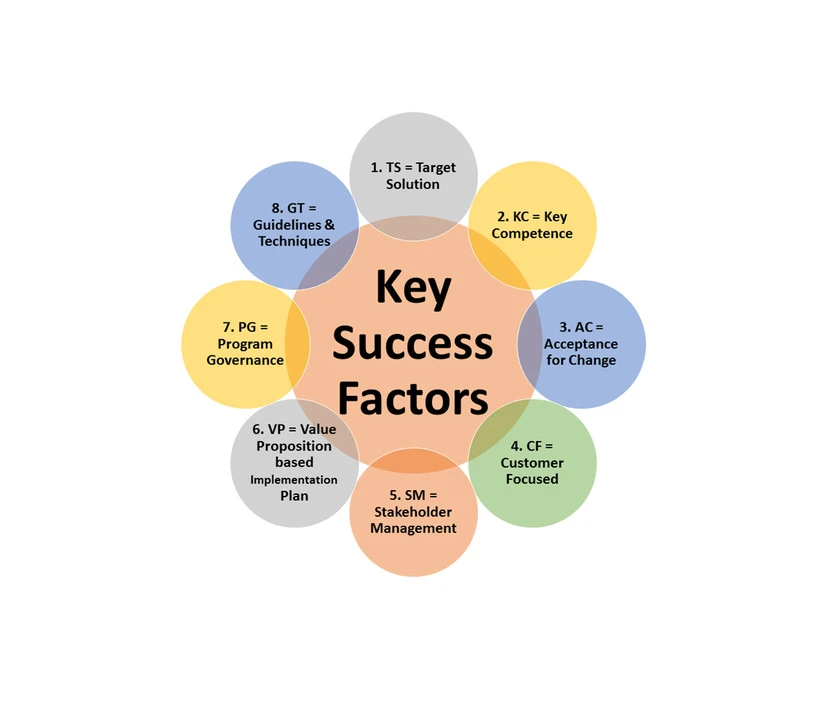
Despite the complexities of enterprise web development, several vital factors can drive your project’s success. These include:
- A well-designed tech stack
- An agile lifecycle model
- Stringent security requirements
- A well-mapped development process
- Effective UI and UX design
Recognizing these elements can significantly enhance your website’s performance and user engagement, ultimately leading to improved customer satisfaction and increased sales.
Choosing the Right Tech Stack
Development of your enterprise web application starts with selecting a suitable tech stack. This is crucial as it encompasses both frontend and backend technologies that will determine your website’s performance, scalability, and security. A well-chosen tech stack can utilize proven frameworks like React or Angular for the frontend while leveraging robust backend solutions such as Node.js or PHP. When aligning your tech choices with your business goals, ensure they can effectively cater to your customers’ needs, thereby streamlining your operations and enhancing user experience.
Implementing Security Measures
Security measures are vital to protect your enterprise web applications from vulnerabilities. You must implement protocols that include rigorous testing for potential threats, employing tools like web application firewalls, and establishing secure authentication methods. With cyber-attacks increasingly targeting web applications, safeguarding your data ensures trust among your customers and protects your business’s reputation.
The growing complexity of web applications means that you cannot afford to overlook security. Data from the Verizon 2020 Data Breach Investigations Report shows that 75% of breached assets involved web app servers. Therefore, you should rigorously test for vulnerabilities, such as SQL injections, and adopt passwordless authentication to enhance the user experience while maintaining stringent security. By prioritizing robust security measures, your website will not only safeguard your business but also instill confidence in your customers, crucial for driving leads and conversions.
Tips for Optimizing User Experience

For enhancing user experience on your enterprise website, consider implementing the following strategies:
- Utilize adaptive web design to cater to various devices.
- Incorporate engaging media and responsive images.
- Conduct regular user testing to assess and improve usability.
- Optimize loading times to prevent user bounce rates.
Assume that implementing these elements will significantly improve customer satisfaction and lead generation. You can explore more about Enterprise Software Development for further insights.
Importance of UI/UX Design
On your enterprise website, UI/UX design plays a pivotal role in converting visitors into customers. It impacts not only how users interact with your site but also their overall satisfaction, ultimately affecting your business’s bottom line. With a well-designed interface, you can improve engagement and foster lasting relationships with your customers.
Techniques for Faster Performance
Any enterprise can enhance website performance by adopting several effective techniques. Start by caching resources to reduce load times, minimizing HTTP requests, and optimizing images for quicker rendering. Regularly auditing your website for bottlenecks is important for maintaining optimal performance. Additionally, leveraging content delivery networks (CDNs) can ensure faster load times by distributing your content closer to users.
Importance lies in delivering a seamless experience that retains users and boosts conversions. A fast-loading website not only prevents potential customers from bouncing but also contributes to better search engine rankings. Be mindful of, with data showing that a mere 3 seconds can drastically affect bounce rates, your focus on performance will directly influence your business’s success in attracting leads and retaining customers.
Pros and Cons of Enterprise Web Development
To navigate the complex landscape of enterprise web development, it’s vital to weigh both its advantages and disadvantages. Understanding these factors allows you to make informed decisions for your business.
| Pros | Cons |
|---|---|
| Enhanced user experience through tailored solutions. | Higher upfront costs and resource allocation. |
| Scalability to adapt to growing customer demands. | Complex integration challenges with existing systems. |
| Improves brand presence and credibility. | Ongoing maintenance and updates are necessary. |
| Access to advanced features and security options. | Potential for slower response times during development. |
| Facilitates better data management and analytics. | Training needs for staff on new systems. |
| Creates a seamless user journey across platforms. | Risk of project delays due to coordination issues. |
Advantages for Large Organizations
Clearly, large organizations reap significant benefits from enterprise web development. By leveraging tailored solutions, you can enhance customer engagement, improve operational efficiency, and drive sustainable growth in your business. A well-designed website can effectively convert leads and bolster your brand’s online presence, ultimately leading to a stronger market position.
Challenges and Considerations
With every opportunity for growth comes certain challenges that require careful consideration. It’s vital for you to assess your organization’s readiness for a robust web development strategy, including the necessary investment in resources and time.
Cons of enterprise web development include the potential for project delays and the complexity involved in integrating new systems with existing ones. These challenges can lead to increased costs and require considerable time before you see a return on your investment. As you begin on this journey, consider your capacity for ongoing support and maintenance, ensuring your business can effectively respond to the needs of your customers and capitalize on evolving market trends.
Unlocking Success: The Essential Elements of Enterprise Web Development
Drawing together the key components of enterprise web development is vital for achieving your business goals. By focusing on a well-designed tech stack, efficient life cycle models, and robust security measures, you can create a website that not only attracts customers but also converts leads into loyal clients. At Mister Nguyen Agency, we understand the importance of integrating these elements with a strong design brand and effective social media strategies. This comprehensive approach ensures that your web presence effectively meets the needs of your audience while driving growth and satisfaction.


